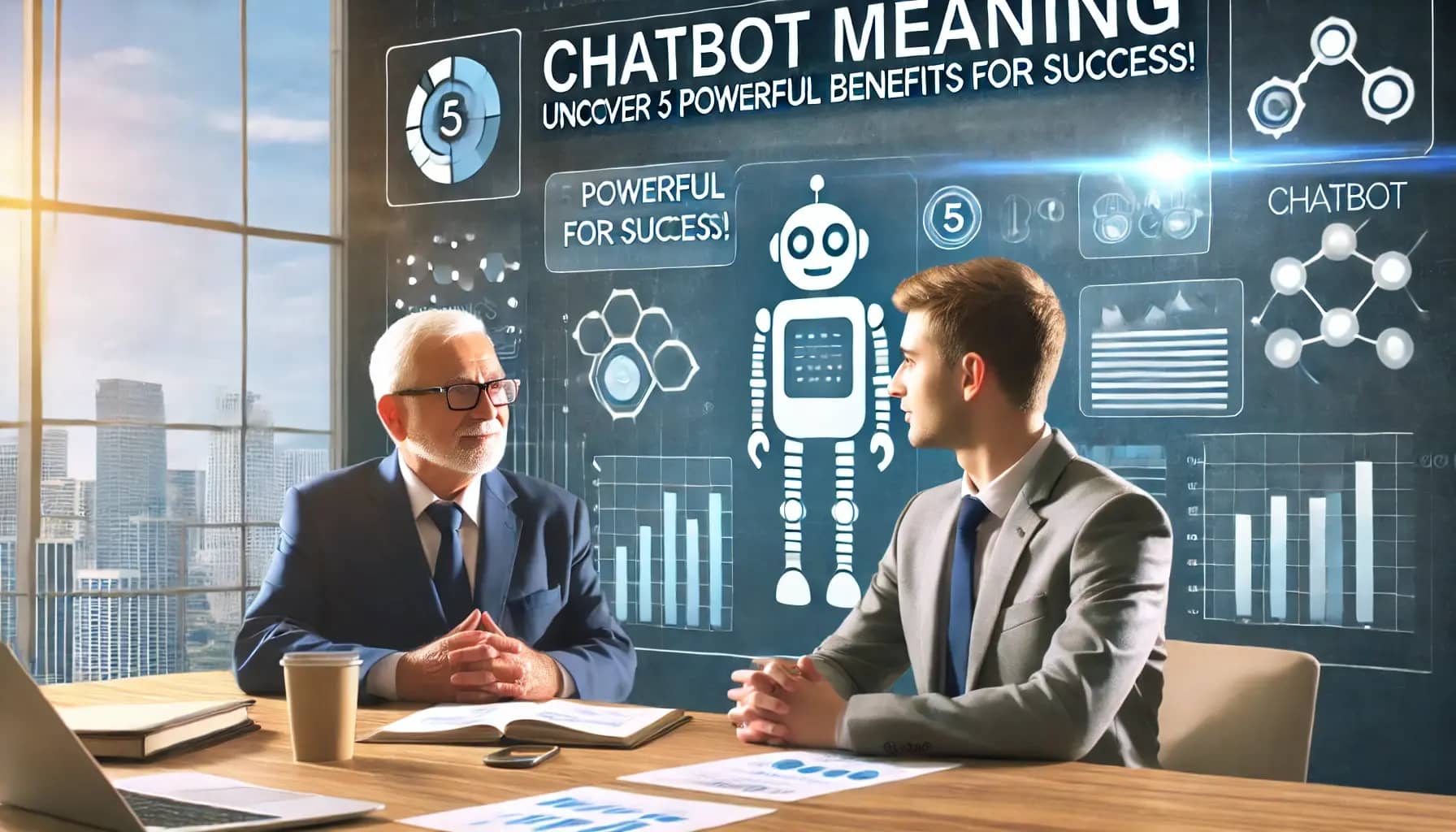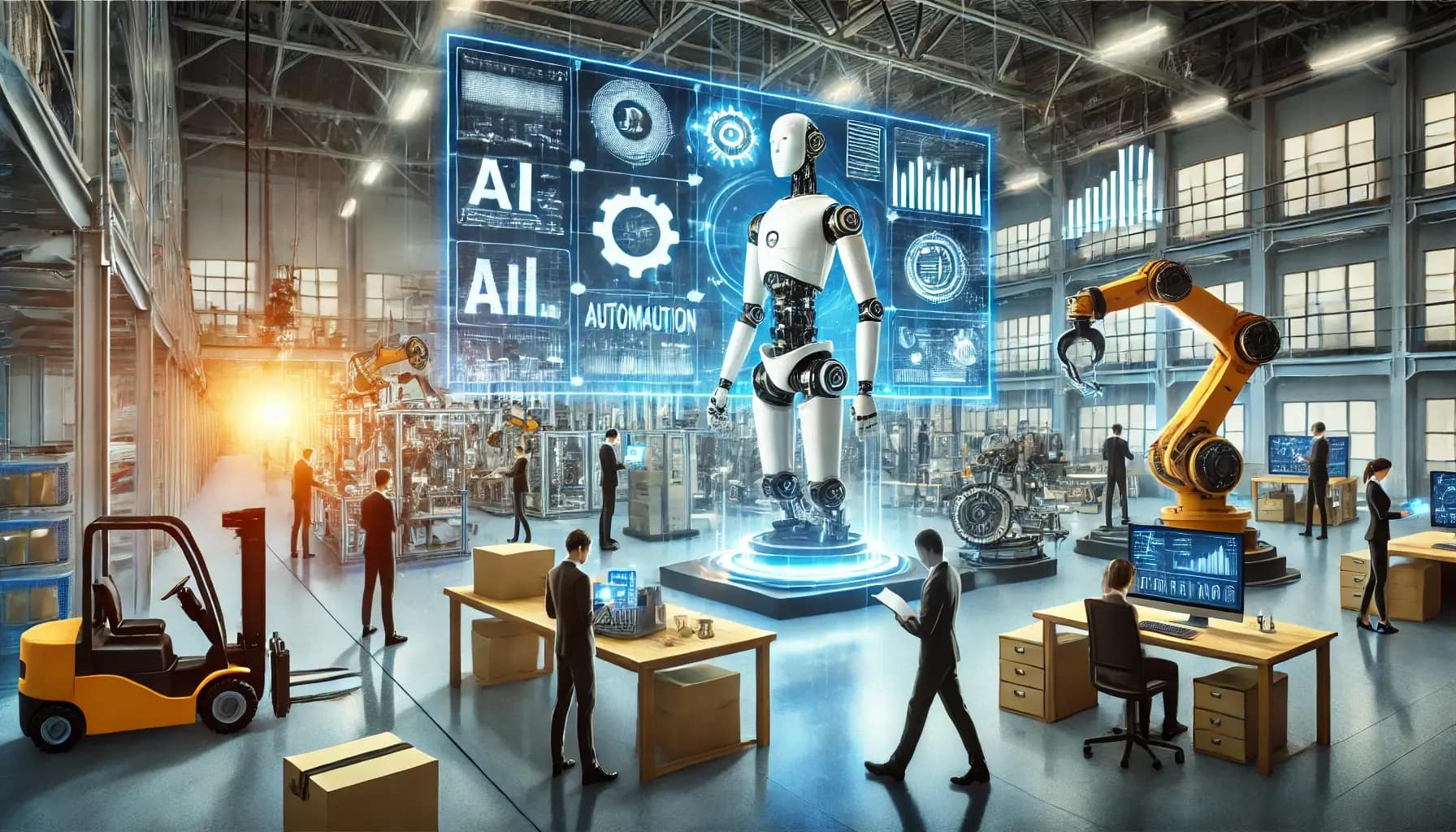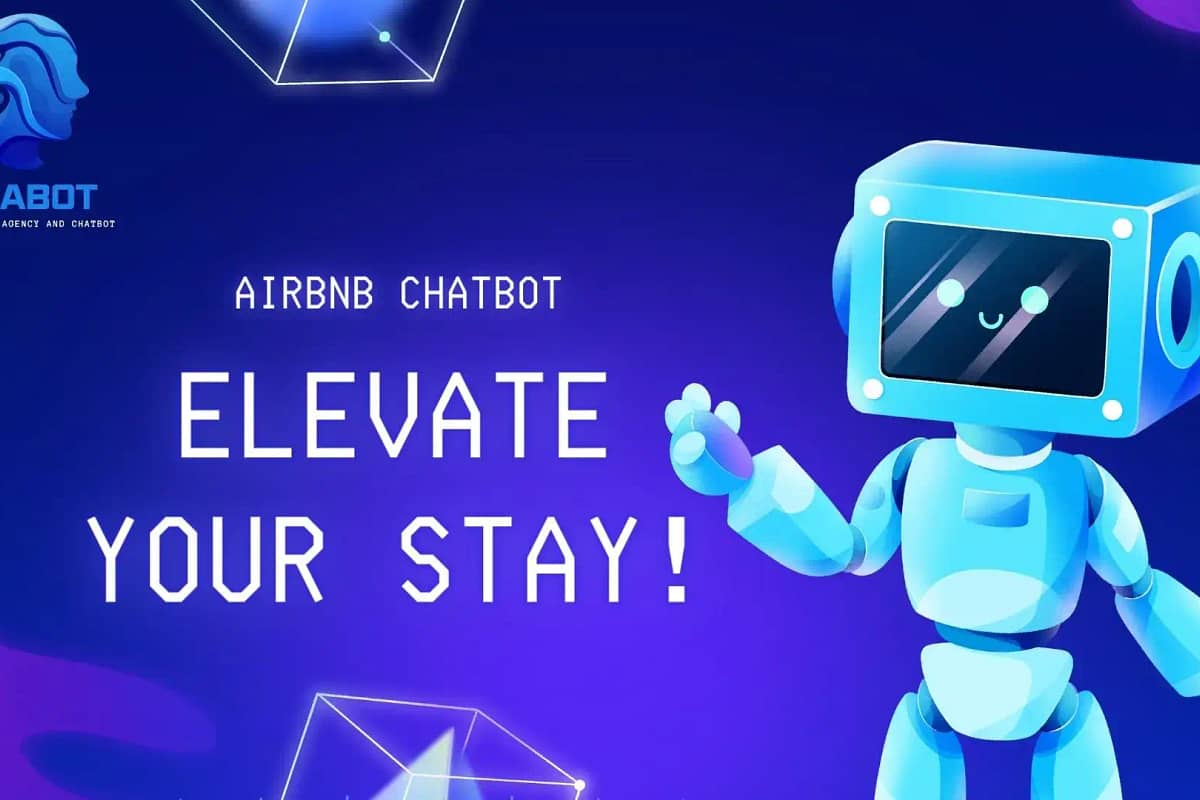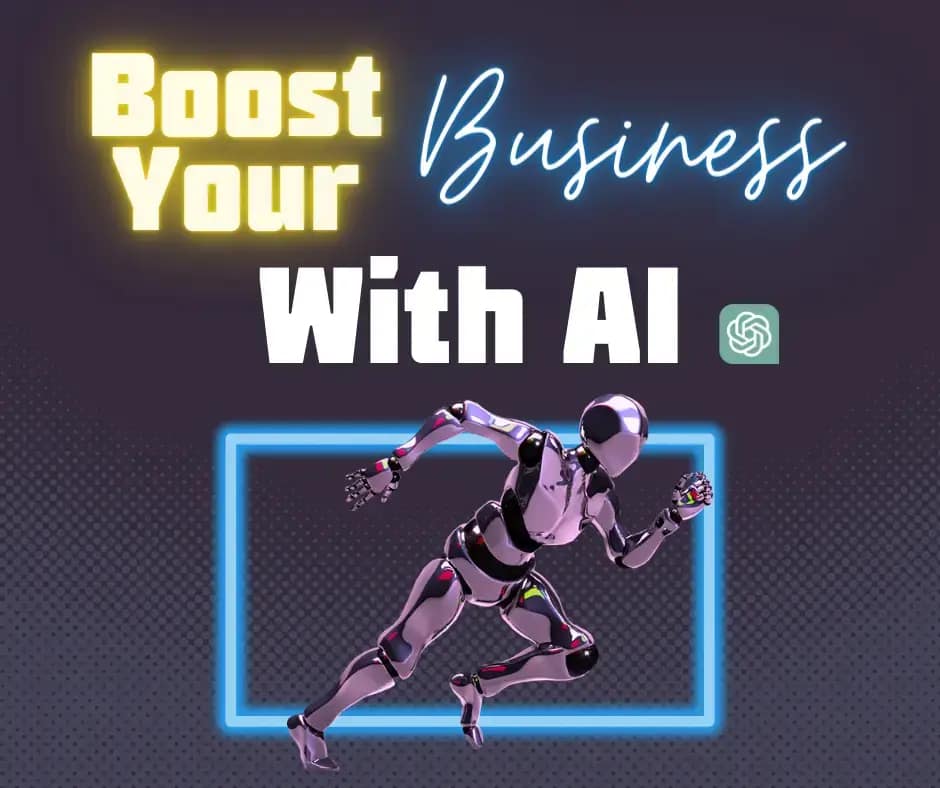Chatbots are transforming how we interact with technology, and understanding the chatbot definition is key to grasping their impact. A chatbot is a software application designed to simulate human conversation, including intelligent chatbots and simple chatbots. From answering customer queries to assisting with online shopping, chatbots in business applications are everywhere, showcasing human capabilities in form. They use artificial intelligence and chatbot technologies to understand and respond to user inputs. This technology isn’t new; it dates back to the 1960s with the creation of ELIZA, one of the first chatbots. Today, chatbots are smarter and more efficient, making them essential tools in various industries.
Key Takeaways
- Understand Chatbots: Chatbots are AI-driven programs designed to simulate human conversation, enhancing user interaction and automating tasks.
- Evolution: From simple rule-based systems to advanced AI models, chatbots have significantly evolved, offering more natural and efficient interactions.
- Applications: Chatbots are widely used in customer service, healthcare, e-commerce, and more, providing 24/7 support and improving user experience.
- Address Concerns: Addressing privacy, security, and ethical concerns is crucial for gaining user trust and ensuring responsible declarative chatbot deployment.
- Build Your Own: Creating a chatbot involves defining its purpose, choosing the right platform, and continuously updating bots based on user feedback.
- Future Trends: The future of chatbots includes advancements in AI, integration with IoT devices, and more personalized user experiences.
Understanding Chatbot Definition Basics
Chatbot Basics
Chatbots are automated programs that simulate human conversation. They understand and respond to user inputs. Basic chatbots use simple commands to interact with users.
Advanced chatbots use AI to provide more complex interactions. These chatbots can learn and improve over time. They offer more personalized responses.
How They Work
Natural Language Processing (NLP) helps chatbots interpret user queries. NLP breaks down language into understandable parts. This allows the bots to grasp the meaning behind words.
Machine learning helps chatbots improve their responses. Over time, they learn from past interactions. This makes them more accurate and efficient.
The process starts with user input. The chatbot processes this input using NLP. Then, it generates a response based on its training data for chatbot use by bots.
The Value They Offer
According to the chatbot definition, chatbots save businesses money by automating customer service tasks, thereby reducing the need for human agents and cutting down on labor costs.
Chatbots are available 24/7, unlike human agents, allowing customers to get help anytime and improving the overall user experience.
Additionally, chatbots can handle many conversations at once, which human agents cannot manage simultaneously. This scalability is a significant advantage for businesses.
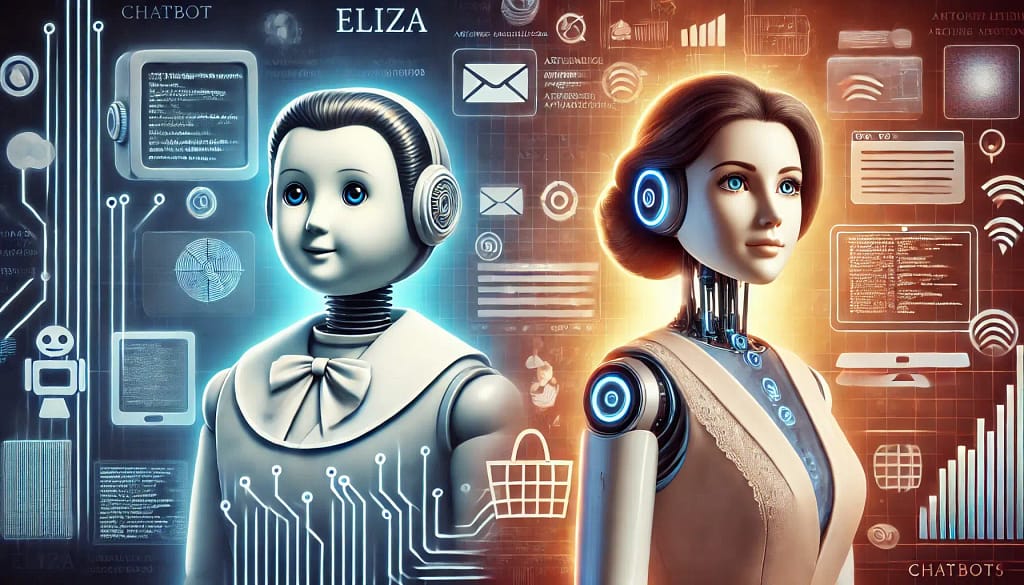
The Evolution of Chatbots
Origin Stories
Chatbots have a fascinating history. It began with the Turing Test in 1950. Alan Turing proposed that a machine, like a chatbot, could be considered intelligent if it could mimic human conversation indistinguishably, similar to modern bots. This concept laid the foundation for the chatbot definition we use today.
In 1966, Joseph Weizenbaum created ELIZA. ELIZA was one of the first chatbots that mimicked human conversation by using simple pattern matching techniques. It simulated a psychotherapist, allowing users to chat with the chatbot.
Early chatbots were rule-based systems. They followed predefined scripts and lacked flexibility. Over time, advancements led to AI-powered conversational agents. These new chatbots can understand and process human language more effectively.
Their Growth Over Time
Technological advancements have transformed chatbots. Machine learning and natural language processing (NLP) have enabled more sophisticated chatbots. These technologies allow chatbots to learn from interactions and improve over time, aligning with the modern chatbot definition.
The integration of chatbots into everyday applications has increased significantly. Today, bots and chatbots are used in customer service, healthcare, education, and more. Businesses use chatbots for handling inquiries, booking appointments, and providing information.
Consumers have also embraced chatbots. They enjoy the convenience and quick response times. Chatbot statistics show that the global chatbot market size for bots is growing rapidly. By 2025, it is expected to reach $1.25 billion.
Chatbot Applications
Common Uses
Chatbots are widely used in customer service and support. They help businesses handle inquiries efficiently. Many chatbots can answer frequent questions, resolve issues, and provide information, aligning with the chatbot definition.
In booking and reservation systems, chatbots streamline the process. They can book appointments, reserve tables, and handle cancellations. This makes operations smoother with bots and saves time for both customers and businesses using a chatbot.
Chatbots also offer personalized recommendations. They analyze user preferences to suggest products or services. This enhances the customer experience by providing relevant information.
AI and Data’s Role
AI plays a crucial role in chatbot technology. It allows chatbots to understand context and intent in conversations. This means chatbots can provide more accurate responses, which is a key aspect of the chatbot definition.
Data is essential for training chatbots. Large datasets help chatbots recognize a wide range of queries. The more data a chatbot has, the better it performs, like other bots.
AI chatbots continuously learn from interactions. They improve over time by analyzing past conversations. This leads to better performance and more intelligent responses.
Addressing Concerns
Misconceptions
Many believe all chatbots use advanced AI. In reality, many operate on simpler algorithms. These basic chatbots follow pre-defined rules, which is an important distinction in the chatbot definition.
Another misconception is that chatbots will replace human jobs. They act as assistants, not replacements. Chatbots handle repetitive tasks, allowing humans to focus on complex issues.
People often think chatbots are only for customer service. They have diverse applications. For example, chatbots can help in education by answering students’ questions or in healthcare by providing medical information through bots.
Ethical Considerations
Privacy concerns arise with data collection by chatbots. Transparency in how chatbots use and store personal information is crucial. Users should know what data is collected and why.
There are potential biases in chatbot responses. These biases come from training data and algorithms. It’s important to address these biases in chatbots to ensure fair and accurate responses.
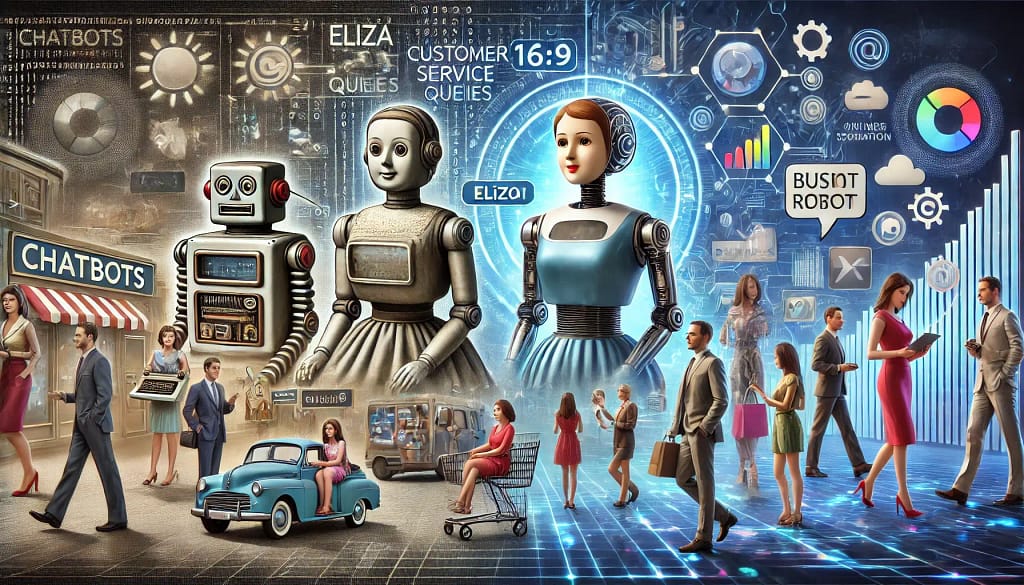
Building Your Chatbot
Getting Started
First, identify your business needs. Determine the tasks a chatbot can handle. For example, bots like a chatbot can answer FAQs or schedule appointments.
Start with a simple chatbot. This helps you gain experience. A task-oriented chatbot is easier to manage and refine than other bots.
Consider user experience in design. Make interactions intuitive and friendly. Ensure the chatbot responds quickly and accurately.
Tools and Tips
Many platforms help build chatbots without coding skills. Some popular chatbot builders include:
- Ollabot
- Chatfuel
- Tars
- ManyChat
- Botsify
Design engaging conversations. Use natural language that feels human. Keep responses short and clear.
Test your chatbot often. Gather feedback from users. Refine its functionality based on this feedback.

Future Perspectives
Innovations Ahead
Advanced AI capabilities will shape future chatbots. Sentiment analysis will allow chatbots to understand emotions. This can improve customer interactions and satisfaction.
Chatbots will expand to new platforms and devices. They could be integrated into smart home systems or wearable technology, bots, and chatbot. This expansion will make them more accessible.
Personalized learning is another area of growth. Chatbots will adapt based on user interactions. This can lead to more tailored experiences for users.
Impact on Business Growth
Chatbots can drive sales through personalized interactions. They can recommend products based on customer preferences. This can increase conversion rates.
They also collect valuable customer insights. Businesses can use this data to refine their strategies. Understanding customer needs helps in targeted marketing.
Automating routine inquiries saves time and money. Chatbots handle common questions efficiently. This allows human employees to focus on complex tasks.
Final Remarks
You’ve journeyed through the world of chatbots, from understanding their basics to exploring their future potential. We’ve tackled concerns and provided a roadmap for building your own bots chatbot. It’s clear that these digital assistants, including chatbots and bots, are reshaping how we interact with technology.
Now, it’s your turn to dive in. Whether you’re enhancing customer service or automating tasks, the power of chatbots is at your fingertips. Ready to innovate? Start today and transform your digital landscape. And hey, share your chatbot experiences with us. We’re eager to hear your success stories!
Frequently Asked Questions
What is a chatbot?
A chatbot is an AI software that simulates human conversation with bots. It interacts via text or voice, providing responses based on user input, like chatbots or other bots.
How have chatbots evolved over time?
Chatbots have advanced from simple rule-based systems to sophisticated AI-driven models. They now use natural language processing (NLP) for better understanding and responses in their chatbot.
What are common applications of chatbots?
Chatbots are used in customer service, e-commerce, healthcare, and more. They handle inquiries, provide information, and assist with transactions.
Are there any concerns with using chatbots?
Yes, concerns include data privacy, security, chatbot, and the potential for job displacement. Ensuring ethical use and transparency can mitigate these issues.
How can I build my own chatbot?
You can build a chatbot using platforms like Dialogflow or Microsoft Bot Framework. Define your goals, choose the right tools, and train your chatbot with relevant data.
What does the future hold for chatbots?
The future of chatbots includes more personalization, improved NLP capabilities, and greater integration with IoT devices. They will become even more intuitive and versatile.
Why are chatbots beneficial for businesses?
Chatbots provide 24/7 customer support, reduce operational costs, and improve user engagement. They streamline processes and enhance customer satisfaction.


